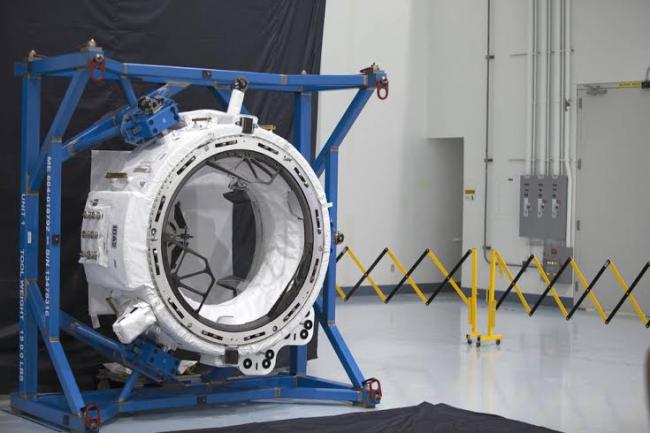06 Oct 2015, 07:32 am Print

First released in 2010, the docking standard established a common station-to-spacecraft equipment interface to enable spacecraft of multiple types to dock to the space station.
"The latest additions to the docking standard further open the door for contributions by international agencies, as well as commercial enterprises for the International Space Station and exploration,” said William Gerstenmaier, MCB chair and NASA’s associate administrator for the Human Exploration and Operations Mission Directorate. “We have already seen benefits of this standard, creating the opportunity to develop additional standards for spacecraft design. The International Docking Adapters that will soon be installed on the space station are fully compatible with the docking standard, which means that any spacecraft can use the adapters in the future – from new commercial spacecraft to other international spacecraft yet to be designed.”
The update more than doubles the content in the guidelines, which enable in-orbit crew rescue by a range of spacecraft types and international collaborative exploration with future spacecraft -- from crewed to autonomous vehicles, and low-Earth orbit to deep-space missions. Limited to describing physical features and design parameters of a standard docking interface, the docking standards help ensure a common interface without dictating a particular design.
With this revision, the standard now includes a full range of rendezvous operations, with information on passive rendezvous targets used by spacecraft to locate the space station and lock on for approach. The addition of content related to rendezvous operations will provide the greatest possible access to information for active rendezvous sensor developers, while providing full compatibility for all current rendezvous sensor technologies.
The space station's senior level management board, the MCB includes senior representatives from NASA; the Russian Federal Space Agency; the Japanese Ministry of Education, Culture, Sports, Science and Technology, assisted by the Japan Aerospace Exploration Agency; ESA (European Space Agency); and the Canadian Space Agency. This group coordinates the orbiting laboratory's operations and activities among the partners.
The Multilateral Coordination Board released the document to allow non-partner agencies and commercial developers to review the new standard and provide feedback. Technical teams from the five space station partner agencies will continue to work on additional refinements and revisions to the standard.
Credits: NASA/Charles Babir
- Rain-related incidents in Pakistan's KP leave 21 dead
- Heavy rains and floods disrupt normal life in Dubai, flights diverted
- NOAA scientists say coral reefs undergoing fourth global bleaching event
- Skygazers stunned as they witness total solar eclipse in the US, Mexico, Canada amazed
- Total Solar Eclipse to occur on April 8, NASA shares safety guidelines for viewing the event






